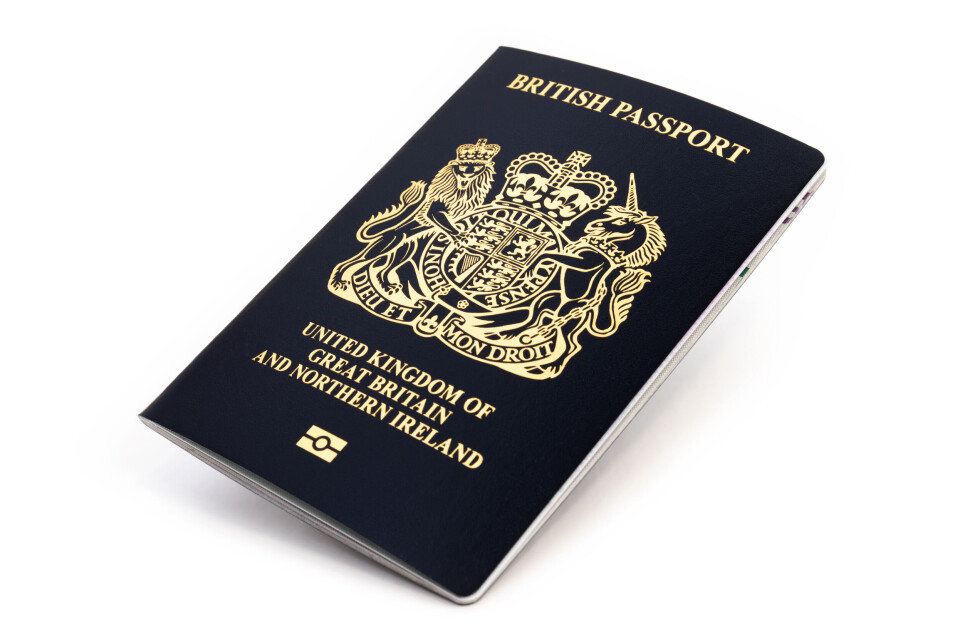-
Can UK passports be renewed in France with a paper form?
US citizens can renew passports through the mail
-
Comment: My new French passport poses all sorts of questions about self and identity
Columnist Cynthia Spillman reflects on what it means to have a foot in both camps
-
Must Britons in France keep a UK passport if not planning to move back?
The document can be useful even if you do not have any travel plans
Why do UK passports have French translations on them?
Following controversy over English translations on new French ID cards, we look at the reasons for translations in passports – and how British passports were once only written in French

Reader question: In your recent article on the recent complaints by the Académie française about English on French ID cards, you mentioned the fact that British passports contain French translations. Why is this?
It is correct that the main expressions on the British passport page with the most important identity data and the photograph are translated into French, for example: Date of birth / Date de naissance or Surname / Nom.
In fact this is also the case in reverse on French passports, which contain English translations of the key words after the French expressions.
The Académie was especially annoyed, however, that ‘national’ ID cards should have English translations on them too, and by choice of the French government.
Read more: Académie française opposes new French ID card as it has English on it
The UK’s Home Office told us that French translations on British passports are due to recommendations from the UN agency the International Civil Aviation Organization (ICAO). Most countries now adhere to these to ensure their passports are accepted worldwide.
A spokeswoman said: “The ICAO requests that where the official language of the issuing state is English, French or Spanish, the issuing state should also print passport captions in one of the other two languages. So it’s just to fulfil this requirement.”
‘Captions’ are the headings of the essential data fields, such as names, nationality and date of birth.
The ICAO’s current passport rules, last updated in 2021, state that countries which do not use one of these languages should also pick one to add as translations, which should be given in italics, after a forward slash.
Passports in Britain were first issued in Latin and English - and then only in French
The first British travel documents described as a ‘passport’ are said to have been issued in Britain by the Privy Council, dating back to the 1500s (though at the time only for England, as unification with Scotland had not yet taken place).
British passports were in Latin and English until 1772, according to the then director of the UK’s passport service, quoted by the Telegraph in 2010.
Then, from 1772 British passports were issued by the Secretary of State’s office – only in French, at the time seen as the language of international diplomacy.
They were not written in English again until 1858, at which time passports became more widely used as a British identity document.
The idea of creating international standards for translations dates from the 1920s when United Nations forerunner the League of Nations advised that all passports should be issued in French as well as the official language of the country.
Later, in 1968, the ICAO set up a committee to work on international passport standards and recommended originally that all passports include English and French.
American passports, notably, have also included French since 1976, and the latest ones (since 2007) include Spanish as well.
The US Passport Office states the reason is: “The data page contains the most crucial information for validating a person’s identity. Making this page as widely understandable as possible has obvious benefits to the passport-holder trying to establish his or her identity…
“A multilingual passport can prove quite helpful when trying to prove who you are abroad.”
Read more
British passports and 10-year rule for visits to EU countries
























